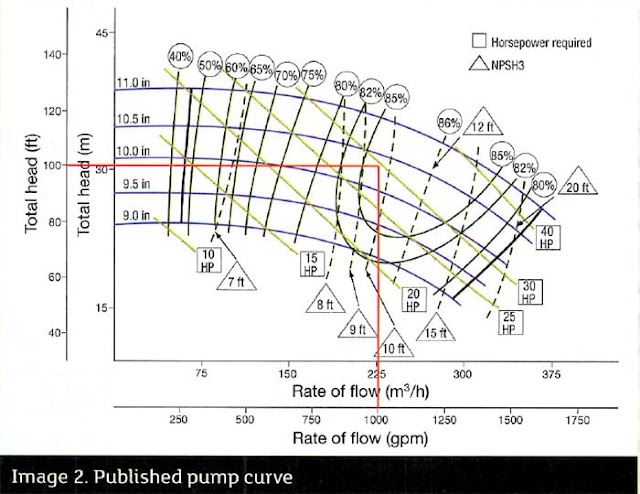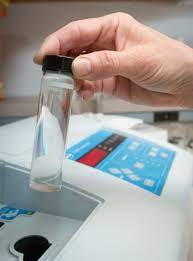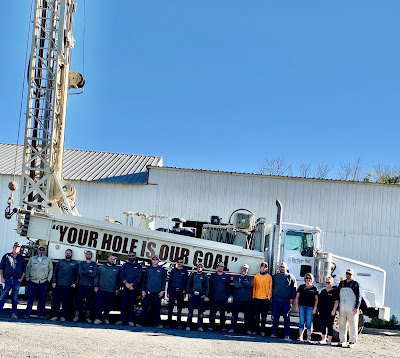Correctly sizing a Pumping System
Are you looking at well pump replacement or initial installation and wondering about proper selection of pumping equipment?
At Heritage Well Service we believe a lot of goes into proper pump selection and pride ourselves in helping our client make sound decisions on pump selection. Some things to consider when selecting a pump for your well are: Well Depth, Total Dynamic Head, Desired Production Rate and Cost.
Well Depth & Well Production
What does well depth and overall well production have to do with pump selection? EVERYTHING!! In all pump sizing options you will be limited on what you are able to install by overall well depth, well production and availability of electricity. Learn more about these items below.
Total Dynamic Head
Total Dynamic head is the total amount of system pressure, measured in feet, where water can flow through a system before gravity takes over. Total Dynamic Head or TDH is used to correctly size your well pump.
To calculate TDH, information from 2 variables is necessary.
1. The vertical rise- this measures the vertical pipe in feet. This is the amount of feet the water will need to travel upwards before gravity takes over.
2. The desired pressure setting of the pump. For example if you are filling into a storage tank this is calculated at "0". A typical residential well system runs on a 40/60 pressure setting with "60" being your highest pressure setting.
After you have determined the above two variables you will want to use a simple math equation to determine your TDH. Let's try this on a 700 ft set with a 60 psi maximum pressure setting.
First let's convert your 60 PSI requirement to feet. The standard calculation is 1 ft = 2.31 psi, so in this scenario 60 ft x 2.31 psi = 138.6 ft.
Next, lets add this to our total set footage: 138.6 ft + 700 ft = 838.6 ft. We will use this calculation when looking at a pump performance curve. So for this scenario you would want to select a pump that is capable of producing 838.6 ft of TDH.
There are other things to account for like friction loss, pipe size, horizontal run and a few other things, but the basic steps are here.
Desired Production Rate
After you have considered your well depth and TDH, you will want to consider your desired production rate. This may be limited based on your well's total capacity and should be taken into account when selecting a pump. For the purposes of this article let's continue with our TDH of 838.6 ft with a desired pump production of 10 gpm. After reviewing manufacturer pump selection charts its very clear to see that a 10 GPM 3 HP pump is required to get this type of production from a pump setting such as this.
But what if you want 10 GPM but your well only produces 5 GPM? Our belief here at Heritage Well is that best practice is that you should never pump more than 75% of a well's total capacity. So if your well was logged at 5 GPM you should not attempt to pump more than 3.75 GPM from the well. This ensures better life expectancy of both your well equipment and the well itself.
Cost
Just like with any other product, the larger the desired production, the larger the cost. Well pumps and motors are sized on impeller stack size along with motor horsepower. A well pump with a larger impeller stack, like your 5 GPM series is much higher priced than that of your smaller impeller stacked pumps that produce say 35 GPM. The reasoning behind this is that generally a 5 GPM pump is designed to pump from deeper depths than a 35 GPM pump and requires additional impellers and diffusers to account for upthrust (you can read more about upthrust in another blog article here). Conversely, the larger the horsepower of the motor, the higher the cost. In general, a 1 HP submersible motor costs much less than a 3 HP submersible motor.
Consequently, cost may drive your pump selection especially if you have a larger producing well that allows for more than one size pump to be installed in it. At Heritage Well Service we can discuss these options with you as well as the impacts to your electrical system if a larger motor size is desired.




Comments
Post a Comment